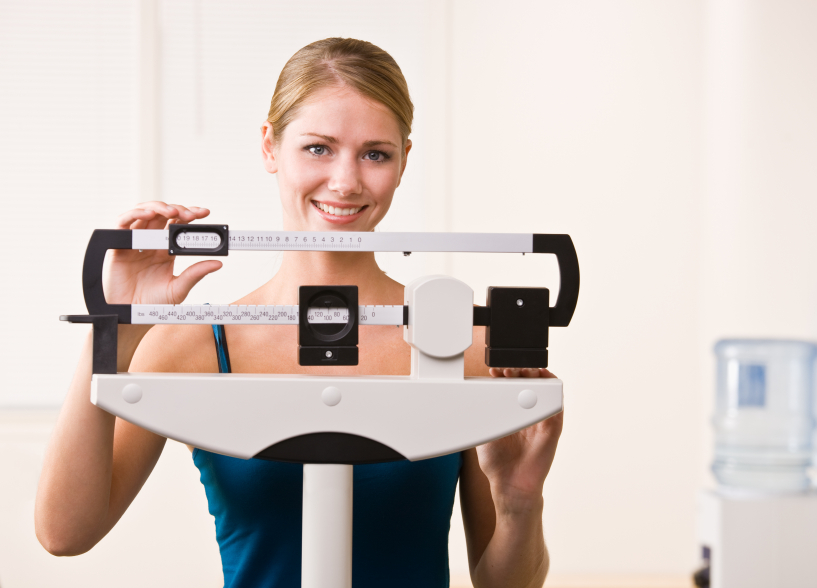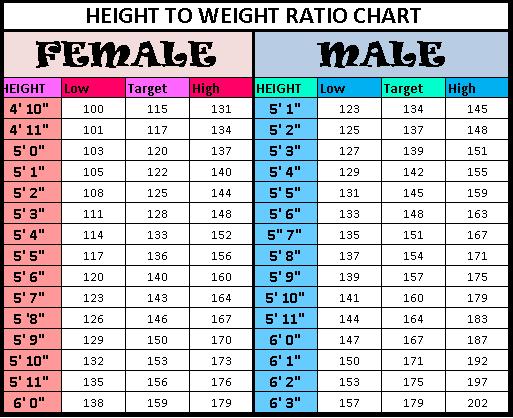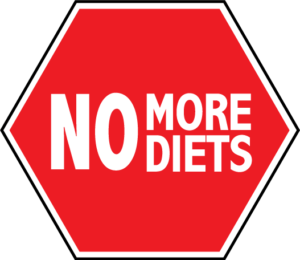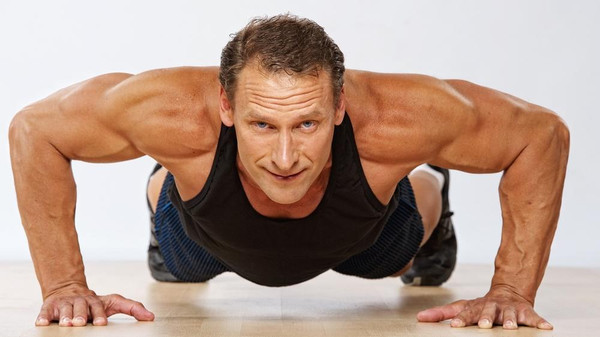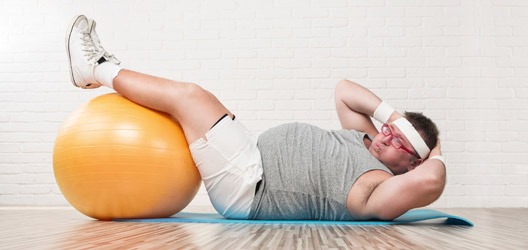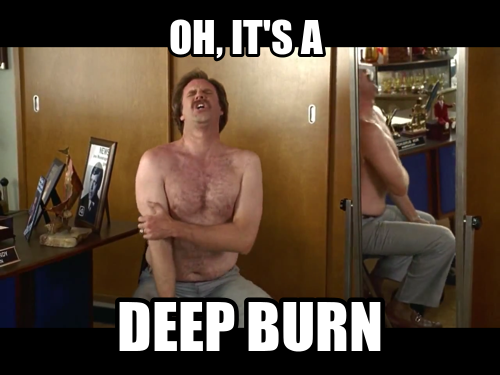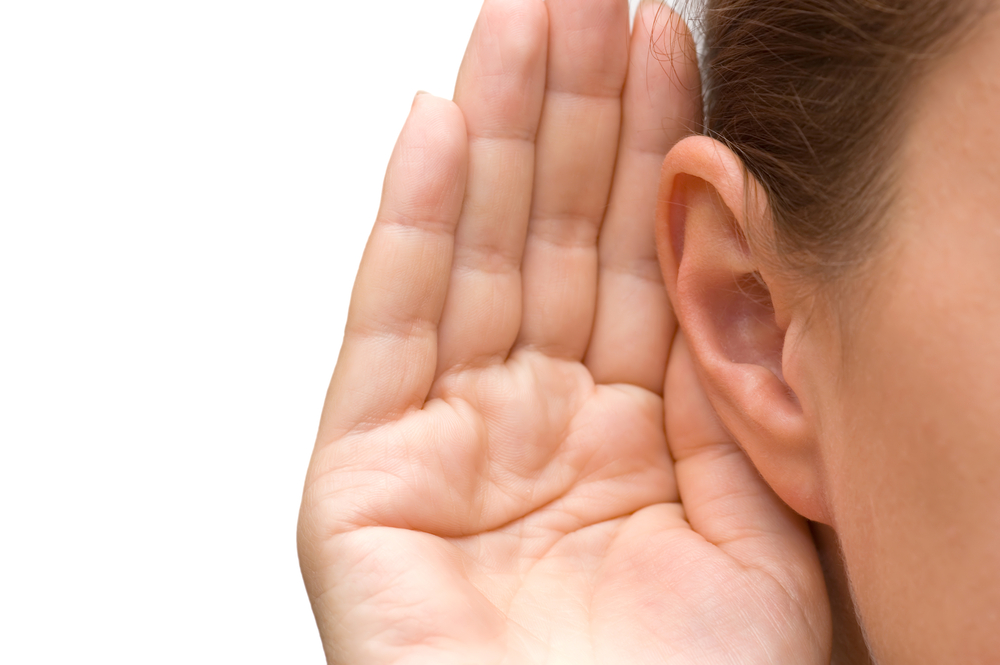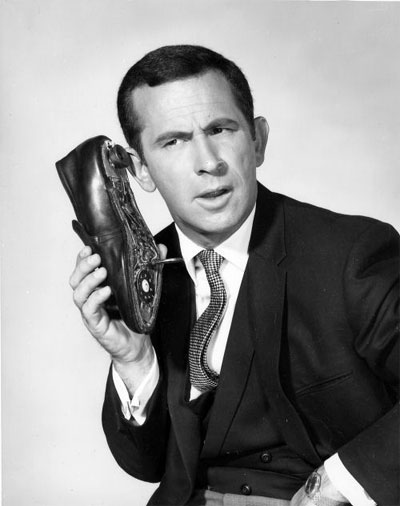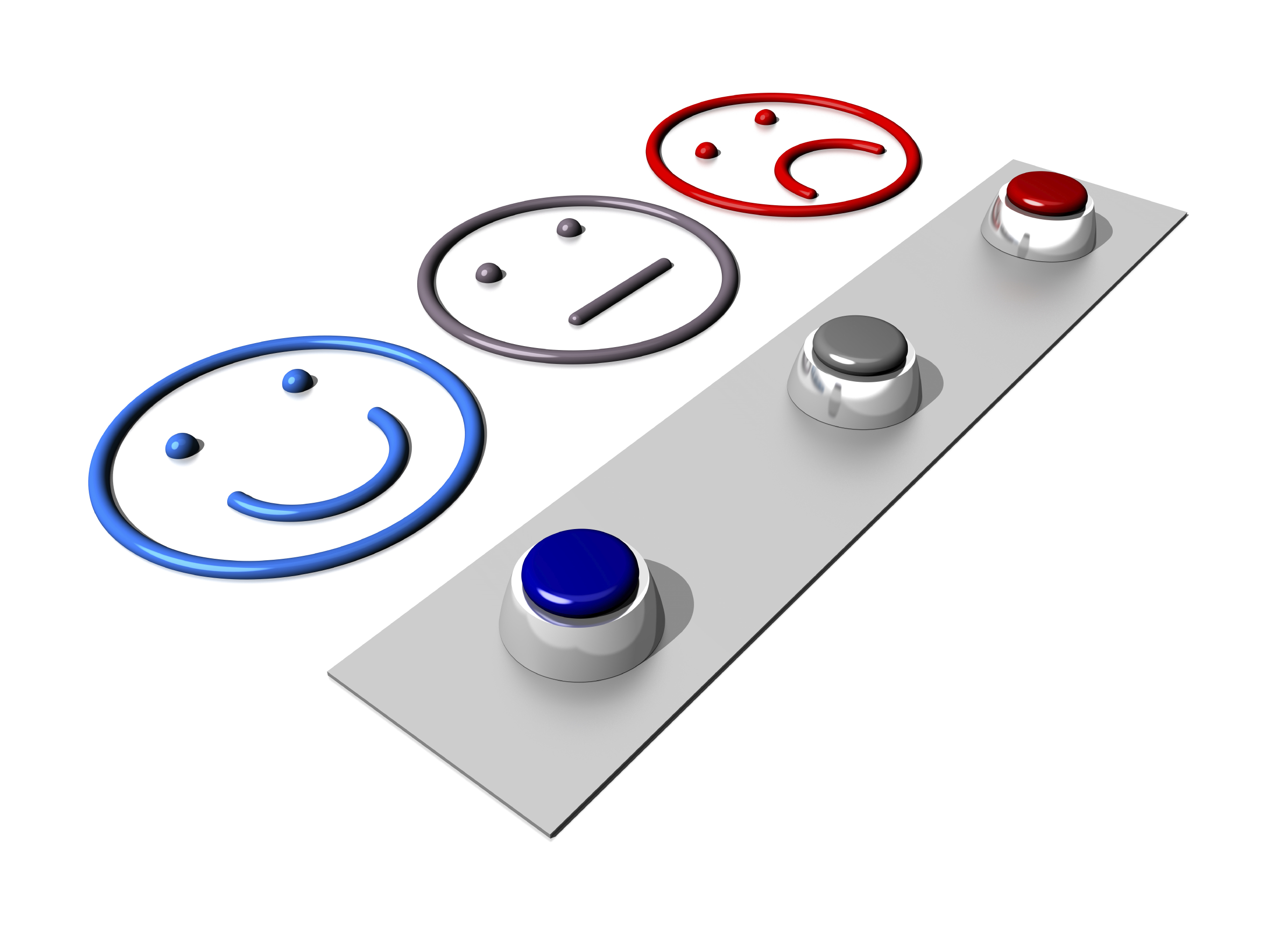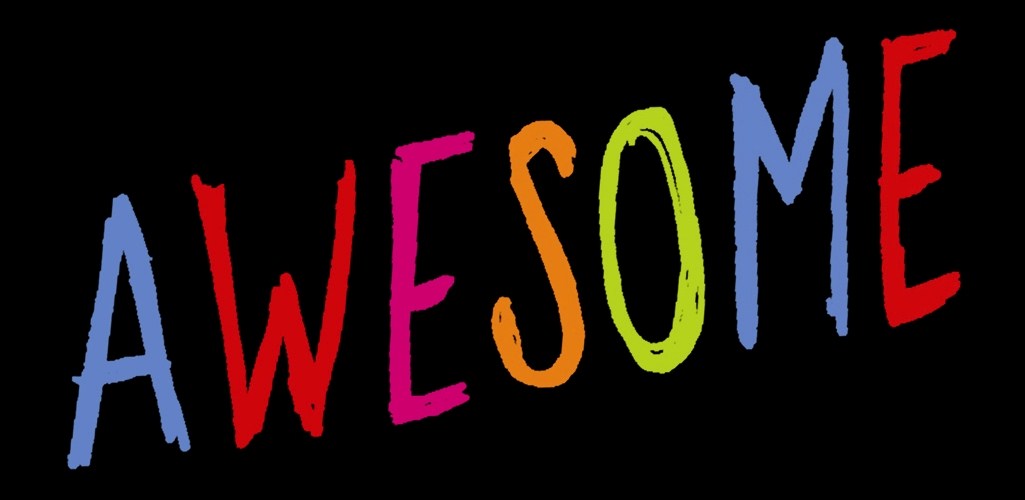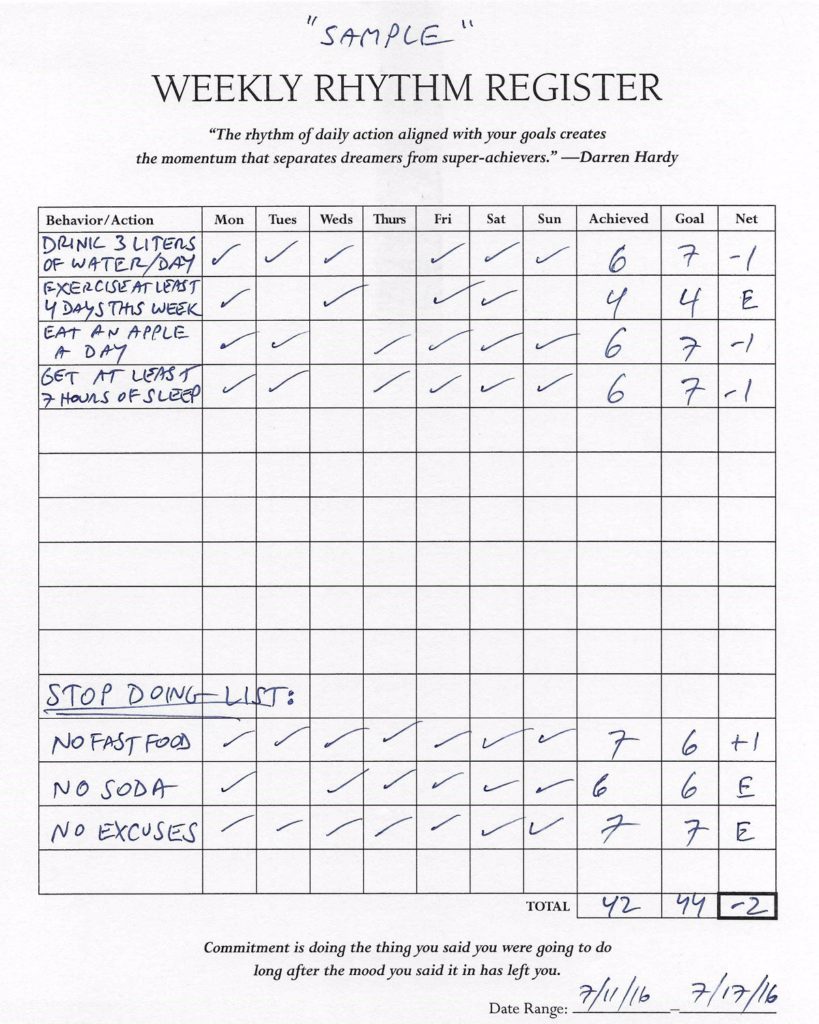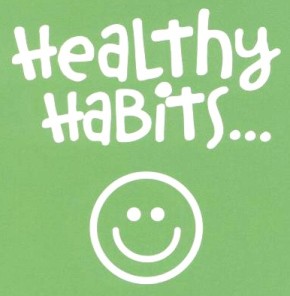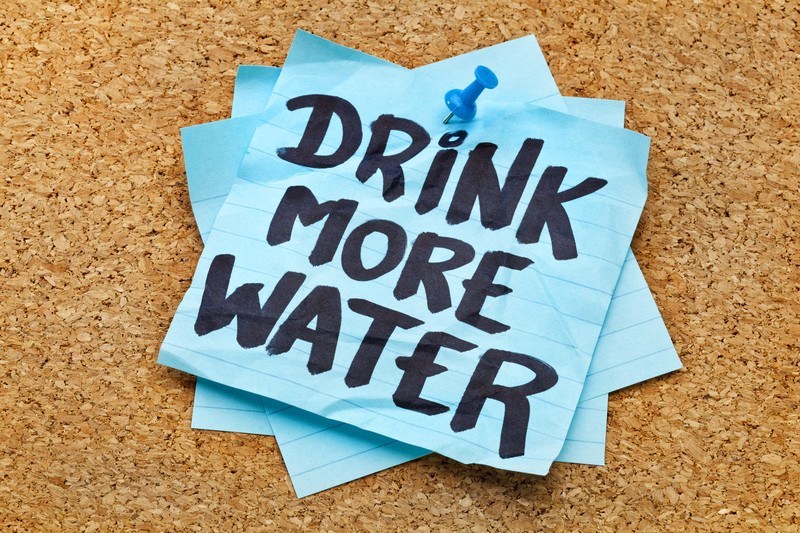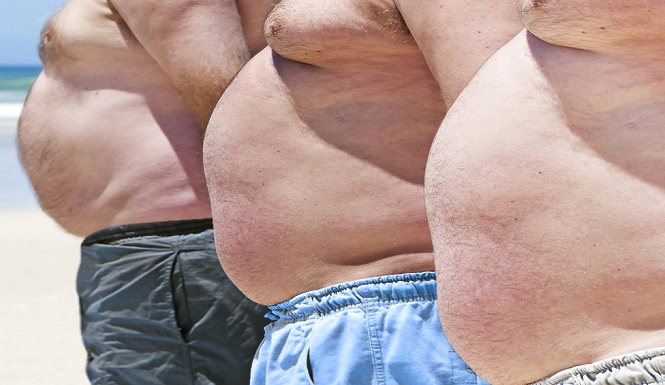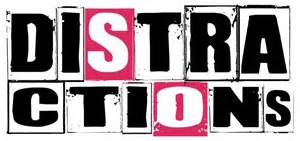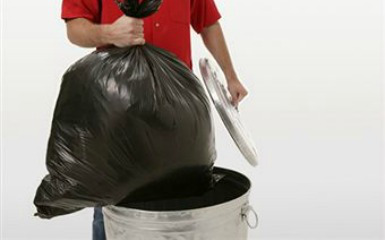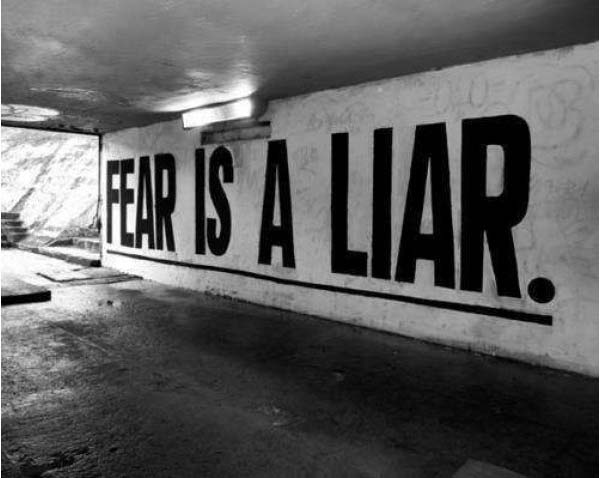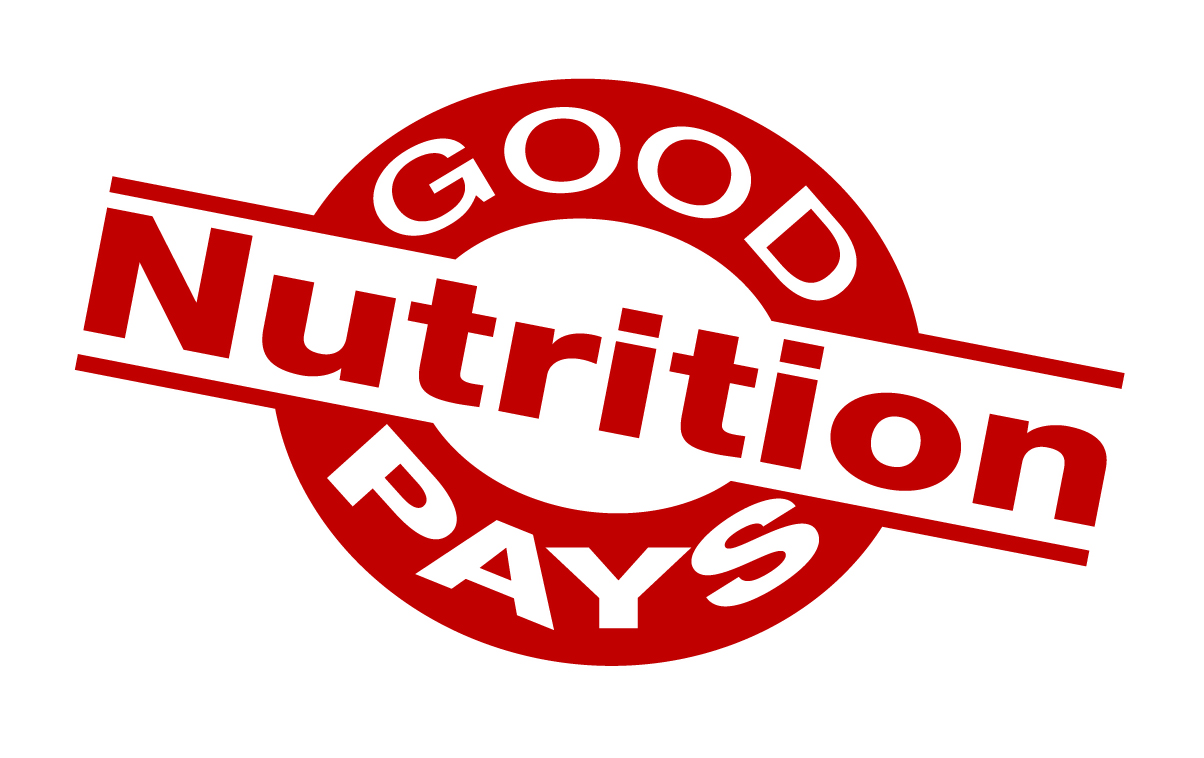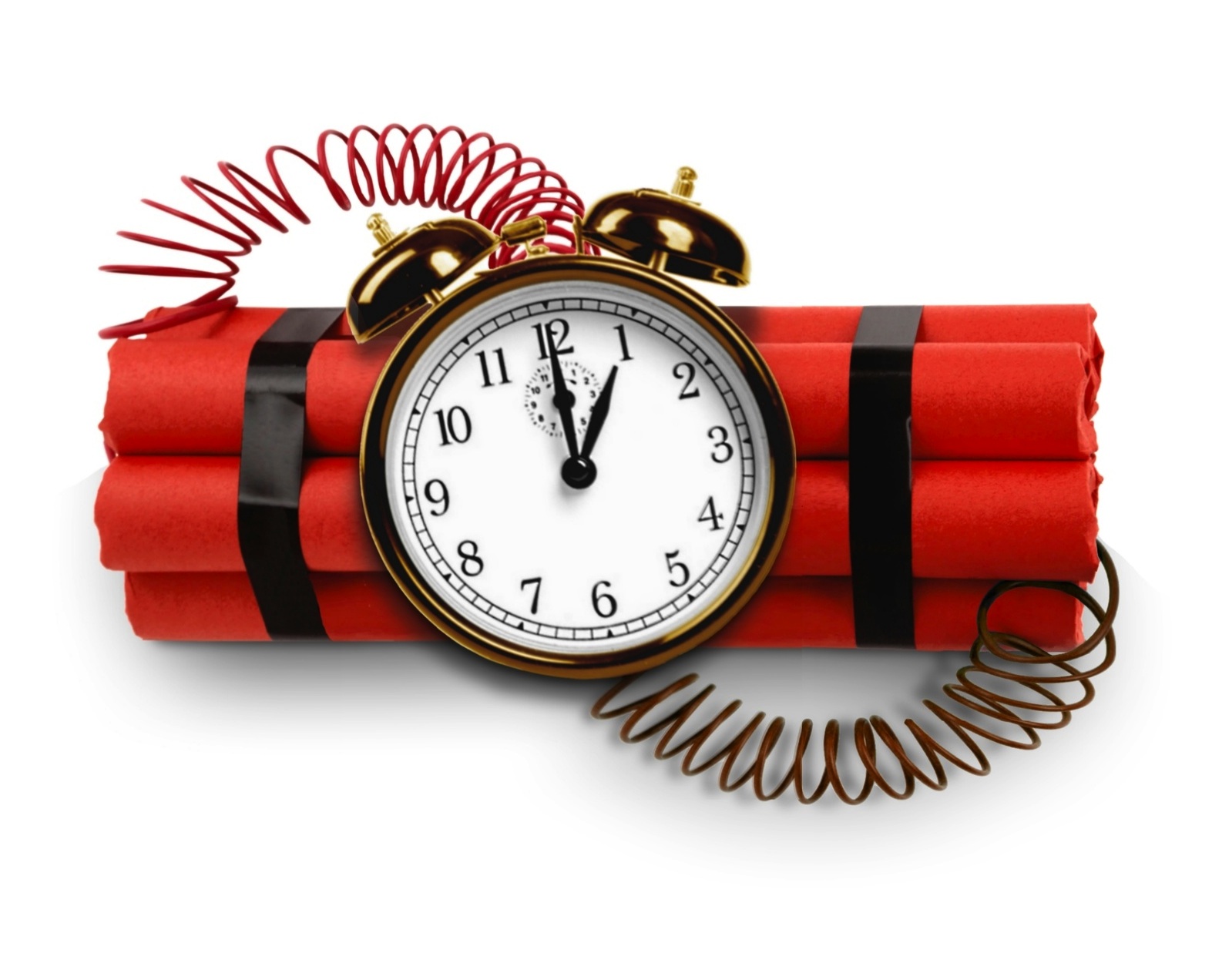I hope that you’re feeling the burn and on to your next break-through. As you step up your game, you’ll notice that results will soon follow. So it’s time to establish a point of reference. Something you can look back on and see your progress.
Speaking of stepping up your game, the 2016 Summer Olympics are in full swing. It’s impressive to see these elite athletes compete. There’s such a high level of intensity and determination. I also love the inspiring stories about all of the hard work, discipline, sacrifice and struggle that Olympians endure to make it to the world stage.
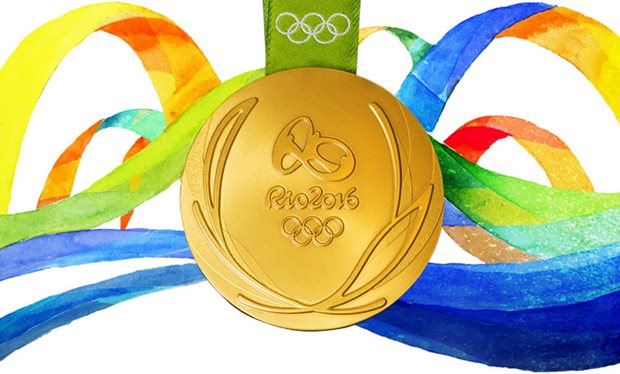 Hats off to everyone! Go USA!!!
Hats off to everyone! Go USA!!!
While you and I may not be able to compete with these incredible athletes in the Olympic games, I think it’s worth noting that life can be a competition in many non-athletic ways. So congratulations! We are all in the “Life Olympics Competition” in some fashion.
For example, how you “perform”:
- In your profession, and throughout your career.
- On that next project.
- During a negotiation.
- While leading your family.
- Or helping a friend.
- While volunteering your time.
- Or making a tough decision.
- On that next sales call, or interview…
You know I’m gonna find a way to tie this to health & wellness, right.
Although these tasks may not require physical strength. Or appear to be linked to how you’ve been treating your body. There is actually a lot of evidence which proves that your nutrition, exercise, and sleep habits DO influence your performance – in life. And the quality directly impacts the results you achieve in these daily events.
So this begs the question, “Are you operating at peak performance and becoming the best YOU that you can be?”
For the next 2 weeks, we will discuss benchmarking. We’ll look at how we measure up. And where we can improve. By looking at 2 key metrics that relate to better health & wellness.
This week we’ll unpack a few ideas and take a look at body weight.
We know that good nutrition combined with regular exercise and adequate rest is essential to our good health.
But just knowing this is not enough.
We need to take action, and incorporate these 3 elements into our daily routine if we want to perform better, live longer, and prevent disease.
The most common metric that relates to body weight is the number on the scale that looks back at you in the morning.
And with regard to our first metric, I’d like to begin with a simple ‘height to weight ratio’. The chart below illustrates the ideal weight (in pounds) based on height. It’s represented in 3 categories that range from low, target, and high.
Here’s where we can establish a “reference point”. For example, if your interest is to get in shape and lose weight, this data can become the basis for establishing a long-term goal.
Let’s say you’re a 5’ 11” male, and your current weight is 205. Based on the height to weight ratio chart, you are overweight and have about 41 pounds to lose to get to the target weight of 164, give or take a few.
I can already hear the whining and excuses…
No, it’s not impossible. It’s very doable if you want to get there. But you need to start making better choices and create some new healthy habits. So let’s get back to our example.
We need to determine the plan for how you can learn to incorporate great nutrition, regular exercise, and adequate rest into your daily routine. So that in 6 months to a year for this example, you can build healthier habits that ultimately become your new healthy lifestyle.
This approach enables you to lose the excess weight.
And keep it off – forever!
No pills. No diets. No quick fix.
And No fast food. Don’t worry, you won’t miss it.
It’s all about the choices you make, the habits you build, and the disciplines you develop.
Excited? Concerned? Confused? Ready to make a change? Great, let’s talk!
Thank you for sharing your time with me. I’d love for you to let me know what you think by leaving a comment. Is the content valuable and helpful? Did anything resonate? Will you take action? What else would you like to see in future posts? I welcome your feedback.
What’s your Win to be Thin?
If you know someone that can benefit from this content, please share it with them. And if you like what you see, you can SUBSCRIBE for automatic updates, LIKE US on Facebook, and spread the word about www.thin2win.net with your friends, family and social circles.

